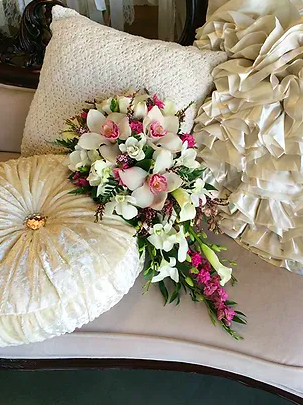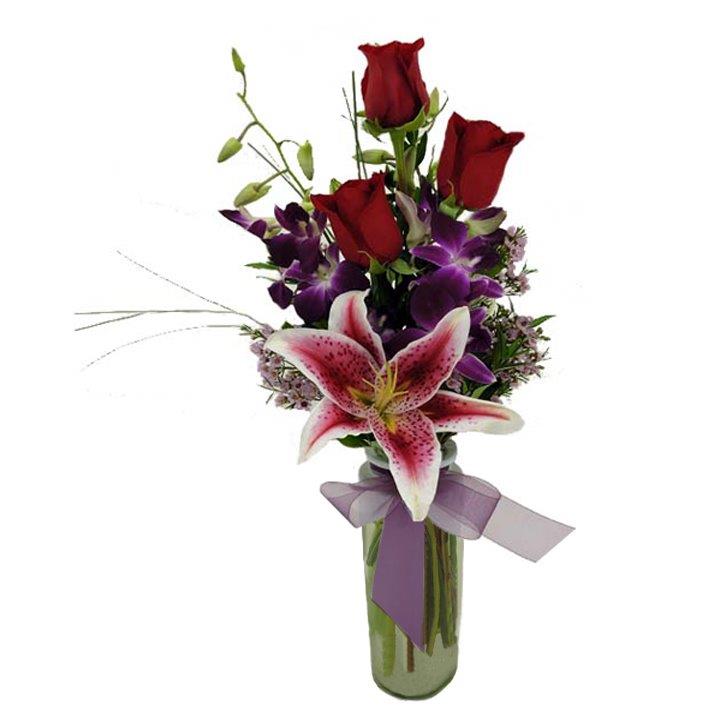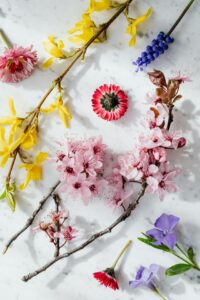Another new year means another year of flowers for Flower Patch!
This year we are starting fresh and want to do a deep dive on our January flower the Dendrobium Orchid.
We will learn all about this flower, like some fun facts and the history of its introduction, colors and flower care, symbolic meanings, and ways to decorate around the home!
To start your Year of Flowers with 10 beautiful Orchid stems and a Reusable glass vase, Click Here
History of the Orchid
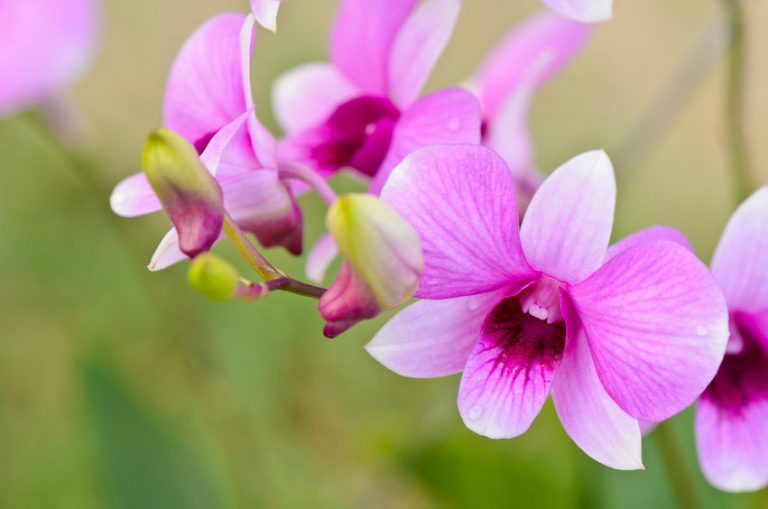
The Dendrobium Orchid is one of the largest and most popular groups of Orchids, with over 200 species!! It’s also known to be the easiest to grow, which adds to it’s growing popularity to be used in gardens, home decor, crafts, lei’s and flower arrangements! It has big, beautiful blooms and comes in a variety of colors.
The Dendrobium originates from the region between Japan, New Guinea, Australia and South-East Asia as far as New Zealand. Though they have been used in various ways by humans for between 30-100 million years , they were officially classified in 1799 by Swedish botanist Olof Swartz, who formally described the genus “Dendrobium”.
Dendrobium comes from the Greek words ‘dendron which means tree and ‘bios’ which means life. Dendrobium then mean ‘life in the tree’ referring to the fact that the orchid grows on trees.
Introduction to United States and Popular Culture
In the 19th century, Orchid handling in the floral world boomed, primarily in great britain. The british were sent to remote locations to gather different species and send them back to great britain. Initially, this was disastrous as multiple species were eventually lost, destroyed, or not handled properly. This resulted in a price hike and rarity among orchids, until the populations were increased again, and breeding resulted in a multitude of different hybrid breeds that could be reproduced and sold on a mass scale.
Due to the original high price and rarity of the orchids, they were seen as a “high class” plant, and often represented royal families in british culture.
To this day, there are over 100,000 total species of orchids, and they are always in high demand for florists, decorators, and common folk alike.
Symbolism and Cultural significance
Orchids have had a variety of meaning around the world, but are often an important symbol. In ancient Greece, orchid roots were used to predict the gender of babies before birth. A large tuberous room indicated a male child while a small root indicated a female child. The Aztecs believed the flower gave whoever used it strength and power, and made tinctures of white orchid and vanilla for spiritual purposes. In Japanese culture, this flower is also known for symbolizing Strength and Fertility.
Medicinal Purposes
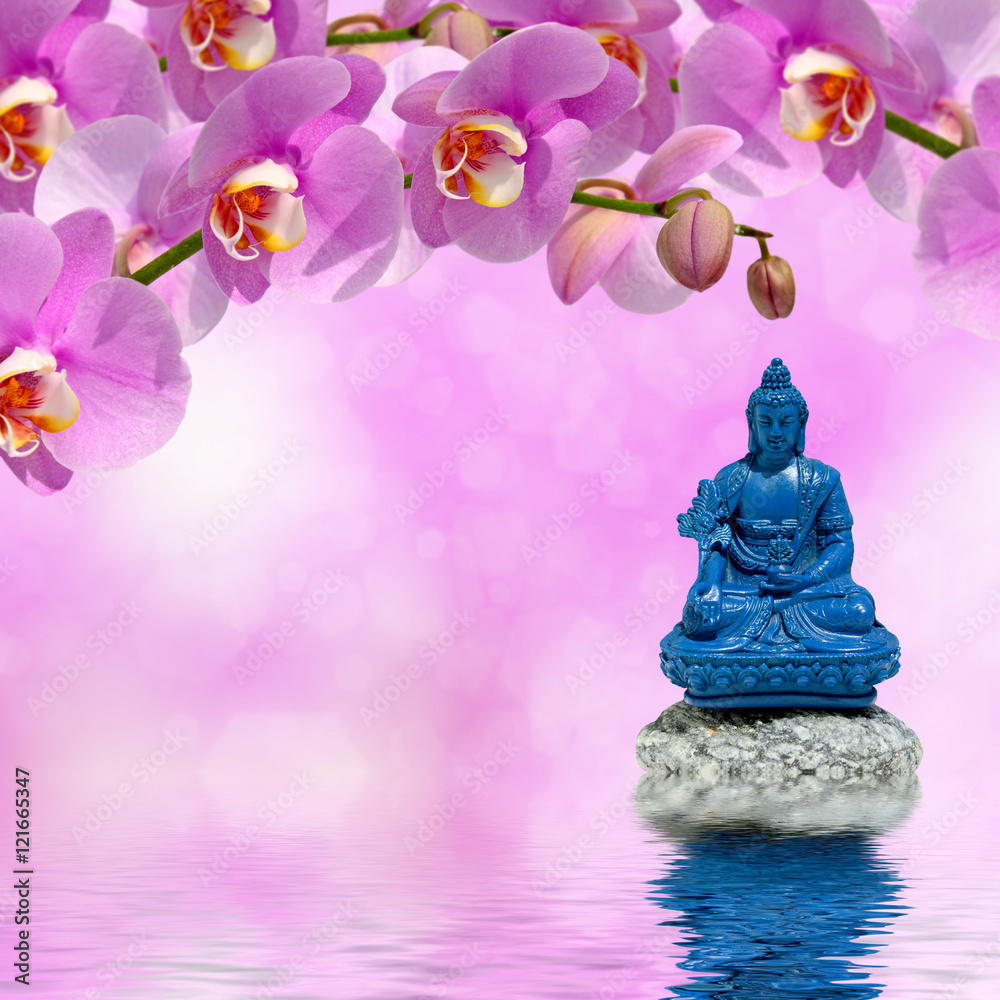
Far before Orchids were harvested, bred, and sold by modern people, they have been used as medicinal and spiritual aids. They are source of tonic, astringent, analgesic, antipyretic, and anti-inflammatory substances, and have been traditionally used as medicinal herbs in the treatment of a variety of disorders, such as, nourishing the stomach, enhancing production of body fluids or nourishing Yin. Ancient Chinese medicine ingredients commonly included the orchid flower, specifically the dendrobium orchid, or the “Bamboo Orchid.” Orchids were often utilized to aid in treatments for brutal coughs, lung diseases, eye diseases, kidney diseases, and stomach deficiencies. The Chinese continues to use orchids for medicinal purposes until today, most commonly in the form of medicinal tea.
Fun Facts
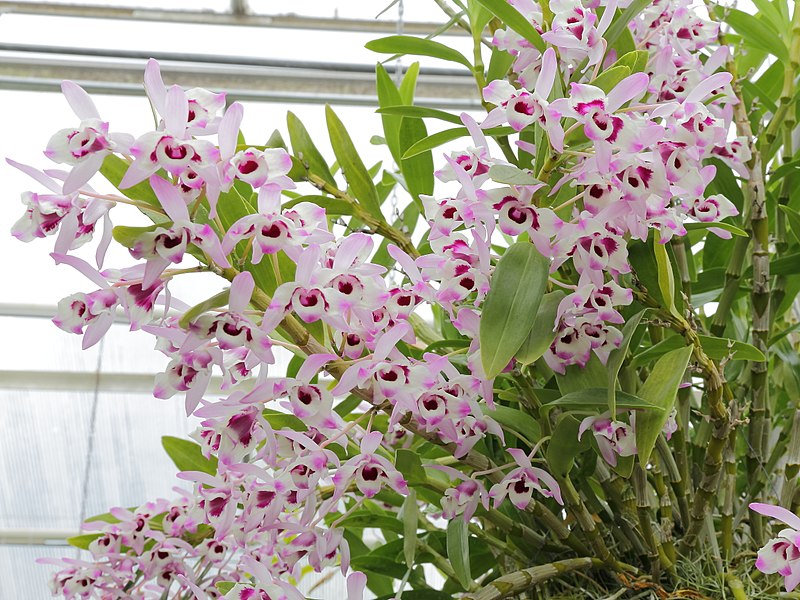
- Orchids have no fragrance
- They remove pollutants and toxins from the air
- One of the oldest and largest families of flowering plants. Since varieties of orchids are found all over the world, it’s accepted that orchids were in existence prior to the separation of the continents.
- At the Singapore Botanical Garden, there is a specimen of giant orchid (Grammatophyllum speciosum), also called tiger orchid, which was planted in 1861, shortly after the garden was founded, and is therefore 159 years old.
- The vanilla bean comes from a species of Orchid. The Vanilla Orchid is the only commercial grown and harvested Orchid plant.
- Orchids have the tiniest seeds in the world. A single seedpod can have up to 3 million seeds inside! The seeds are so small they can only be seen under a microscope.
- Orchids take about 5-7 years to bloom once germinated. Plants sold in stores are already decades old! At home, they’re easy to grow and can re-bloom several times a year.
Ways to use Orchids
As previously stated, Orchids are among the most popular flowers in the world for decorating, events, and adding some beauty to really anything. Dendrobium orchids have many popular uses that take advantage of both the beauty, environment, and meaning of these amazing flowers.
For people who always like to have a fresh assortment of flowers, try our Year of Flowers! Get 10 beautiful stems of Orchid flowers delivered to you in a reusable glass vase, and a new assortment of flowers every month for a year!
Dendrobium Orchids are popular during weddings especially as corsages. Its stems and delicate blossoms are popularly used in bridal flower arrangements too as it showcases the beauty of the bride. Preferred choices include creamy white as well as pink dendrobium orchids.

At a funeral, an Orchid flower reflects your everlasting love for the deceased. No matter what the color of Orchids is, they convey the universal meaning of, ‘I love you now and always’. Consider adding this flower to your casket arrangement, a lovely floral spray, or wreath to decorate the service.
Other than these very meaningful choices, Dendrobium orchids are an amazing choice for general home decor, adding a beautiful and elegant POP of color to any home.
Consider giving this flower as a gift to a loved one, to symbolize love and thoughtfullness, and give them something beautiful to look at.
